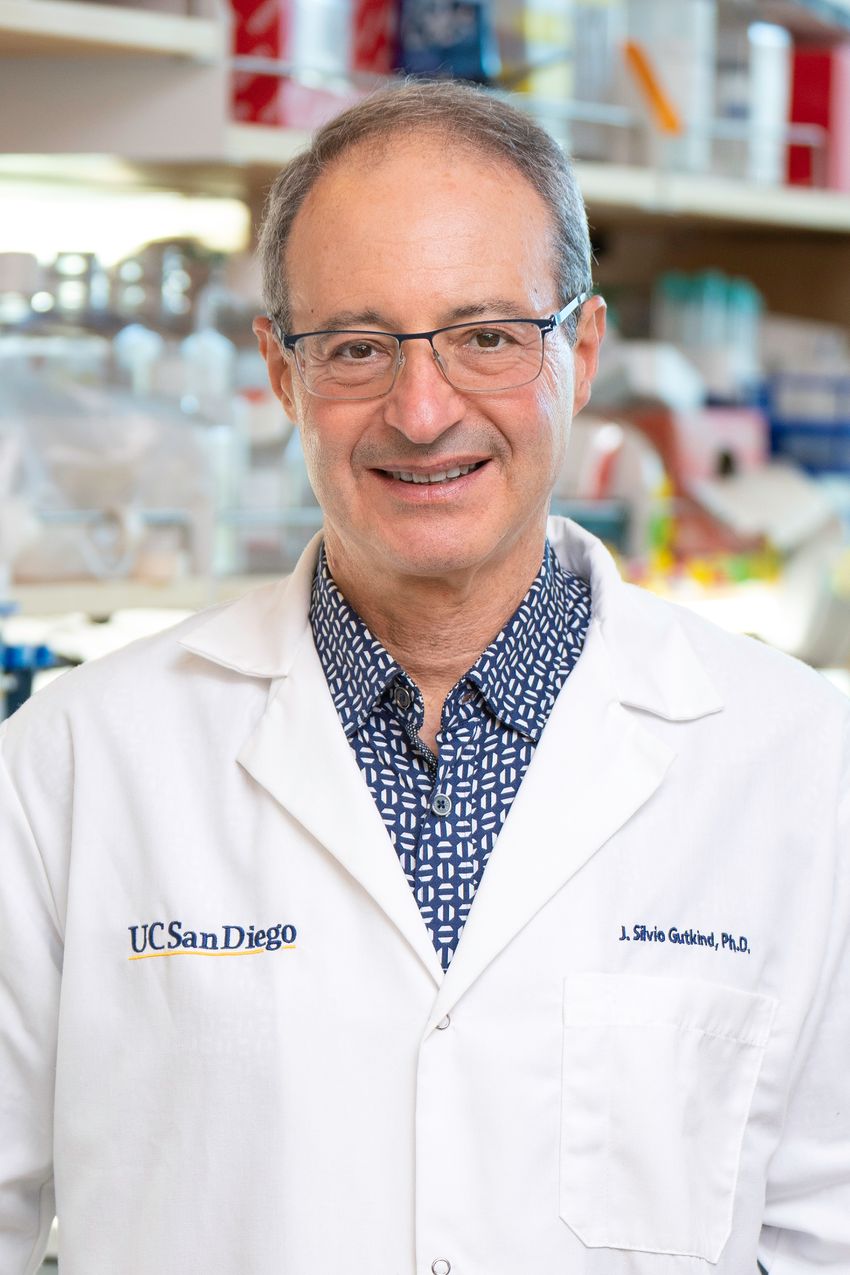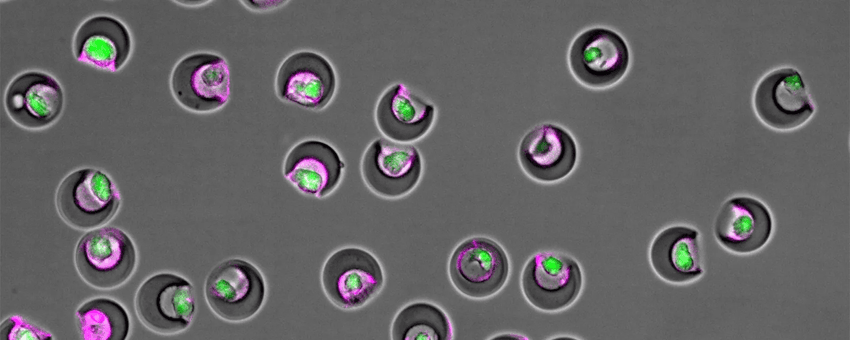Stem cells are crucial in beginning advancement, though their visibility in adults may in some cases trigger cancer. Current developments in stem cell research study might promote applications in regenerative medicine and types preservation.
text-muted[&_a]:text-link mt-2text-xs uppercase[&_a]:underline”> < div course="text-muted [&_a]: text-link mt -2 text-xs uppercase [&_a]: highlight" > Picture credit scores: © iStock, luismmolina


